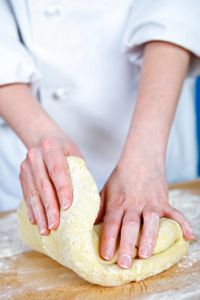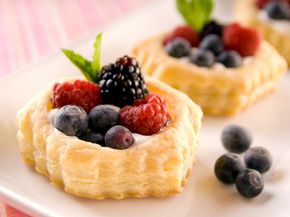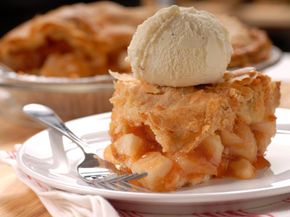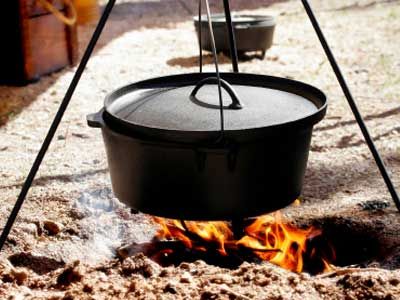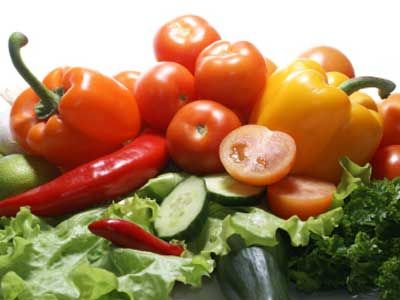"Plain Pastry" heads the recipe from a shaggy volume of Better Homes and Gardens New Cookbook that's been around for a few decades. Fannie Farmer calls it "plain paste" in her Boston Cooking-school Cook Book, originally published in 1896. And it is a humble thing. Just flour and water bound together with fat and some elbow grease.
Upon this lowly base, great chefs, frugal housewives and fearless adventurers have built some of the most irresistible creations in culinary history. But a pie with a tough crust won't win any awards, no matter how fresh and tasty the filling is. Getting your pastry to turn out the way you want it to takes some practice, attention and maybe a family secret or two.
Advertisement
What you do with dough can also speak volumes about your culture and nationality. From the flaky, delicate Turkish phyllo to the sturdy wrapper of Cornish pasties, different countries each have a unique and traditional relationship with pastry dough.
In this article, we'll go through the long and varied history of pastry dough, focusing on how it's changed throughout the centuries and throughout other cultures. But first, we'll look at how dough itself works.
Advertisement
